Richard Thomas Sargent – Helen Kegie’s Great-Uncle (The man who disappeared)
The Enigma of Charles St John David (PDF 61KB)
Charles St John David (or Richard Thomas Sargent) 1855 – 1924 (PDF, 61KB)
This short biography should be read in conjunction with the two attached articles by Marion Sargent in Tasmania, ‘The Enigma of Charles St John David (PDF 61KB)’ and ‘Charles St John David (or Richard Thomas Sargent) 1855 – 1924 (PDF, 61KB)’. We are extremely grateful to Marion for allowing us to reproduce some of her extensive research (particularly into Richard’s later life in Tasmania), and to the Tasmanian Archive and Heritage Office for their kind permission to reproduce photographs in their care.
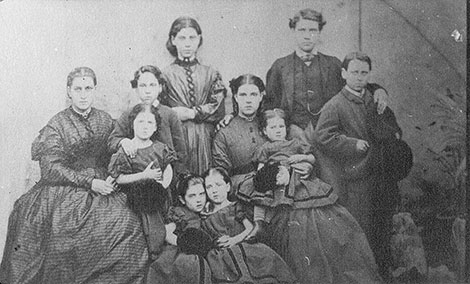
Figure 1: The children of Thomas and Sarah Sargent in about 1867-8. Richard stands on the right, when he was around 13.
Richard Sargent was born on 7th August 1855, the fifth of the ten children born in Chepstow to Thomas Sargent (1824-99) and Sarah Ely Fryer (1822-1905). He was a brother to Helen Kegie’s grandmother Mary Ellen Sargent/Child and therefore was one of her great-uncles.
The family had various business interests including making and selling building materials, running shops and operating ships out of Chepstow for the coastal trade. Richard worked in the family businesses where he learnt the building trade, leading to establishing himself in 1876 as a “builder, joiner, undertaker and general contractor”, although there is no record of him receiving any formal training. Despite an early setback with a fire at the premises, the business was soon rebuilt and expanded to include additional building services and seemed to have been successful.
On 23 August 1877, Richard married a draper’s daughter – Amy Catherine Brant – in Wokingham, Berkshire, and the family lived in Chepstow, where their only child Percival Gower Sargent was born on 24 May 1878. All the records suggest that Richard had a comfortable life with a promising future, but that all apparently changed in 1879 when he left his family and country, never to return.
The reason for the departure has never been explained, despite references to him in the Helen Kegie Collection, as well as correspondence between Helen’s uncles in 1958, accepting that they would never know the reasons behind the departure of “Uncle Dick”.
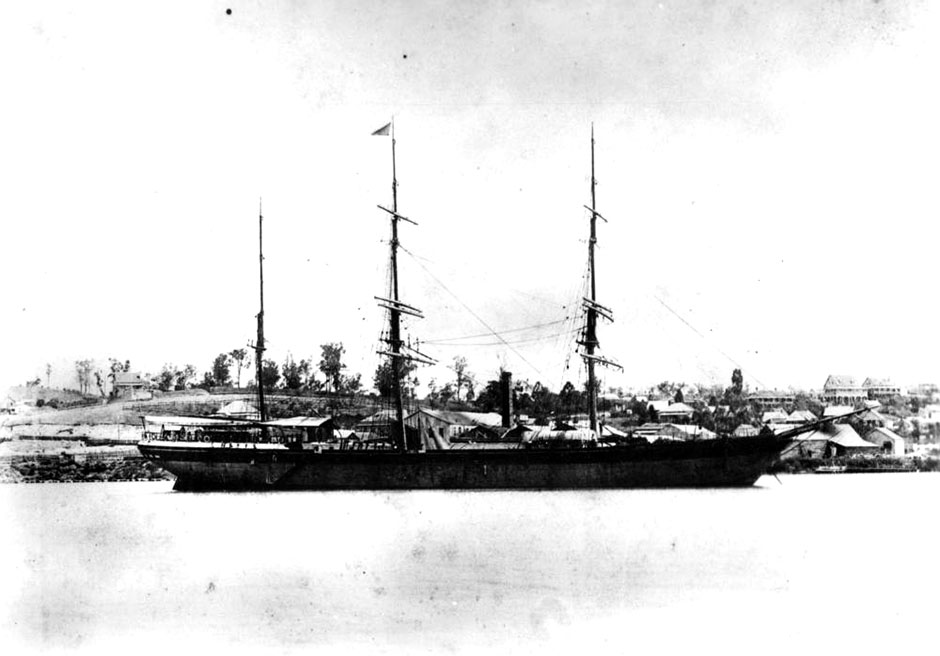
Figure 2: The barque Ramsey, on which Richard travelled to Australia between September 1879 and January 1880.
© State Library of Queensland. Reproduced via Wikimedia Commons.
What we do know is that on 20th September 1879, Richard boarded the ship Ramsey in London and sailed away, using the name Charles David. On 13th January 1880, the ship arrived at Moreton Bay near Brisbane in Australia, where Richard/Charles spent the next 11 years working as a successful civil engineer in Queensland and during that time he expanded his name to Charles St. John David, as he was always referred to thereafter. In 1892 he took up the post of City Engineer and City Surveyor at Launceston in Tasmania and he held those positions for 32 years, during which time he was highly regarded for his contributions. Particularly noteworthy was the installation in 1895 of the first hydro-electric power scheme in the southern hemisphere at Duck Reach, but many other achievements are detailed in the attached articles by Marion Sargent.
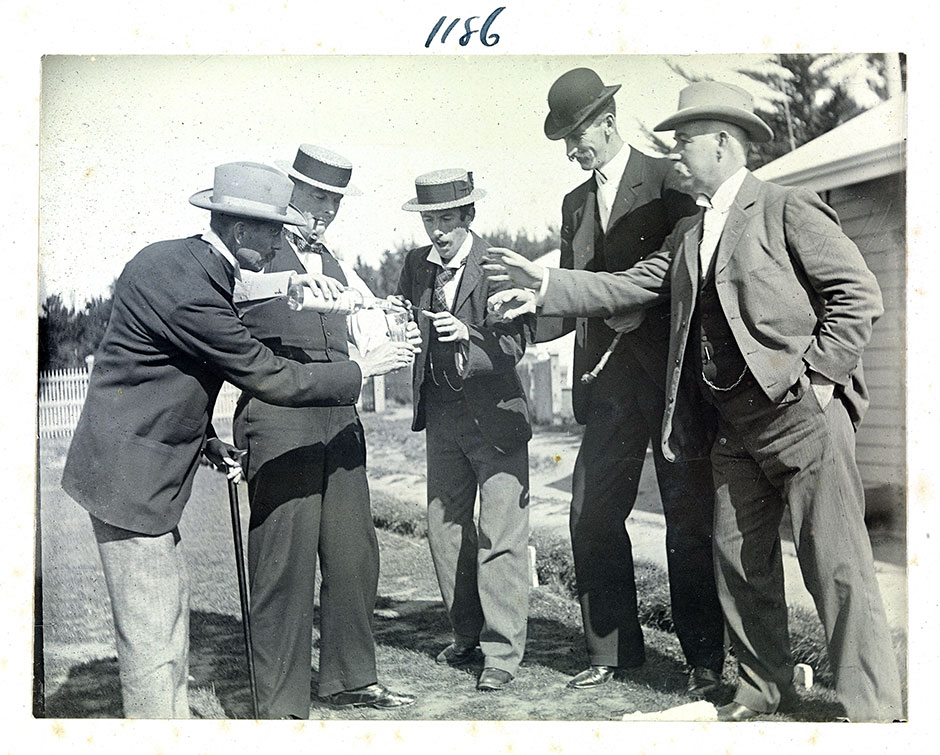
Figure 3: ‘Last nip in the bottle’
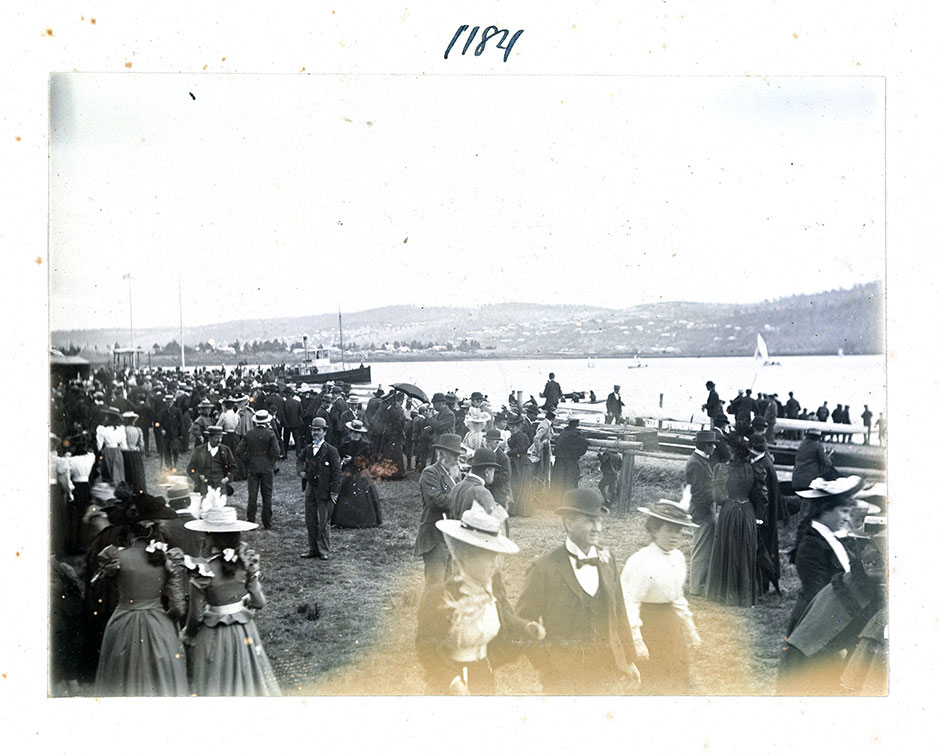
Figure 4: ‘Group at regatta’
When Richard lived at Launceston under the name Charles St John David, he produced a number of photographs of the area. These two appeared in the Northern Tasmanian Camera Club album no. 40 in 1899.
We are grateful to the Tasmanian Archive and Heritage Office for permission to reproduce these images.
After a long and illustrious career, Richard/Charles died in 1924 near Sydney. His body was then brought back to Launceston for a civic funeral, when nearly all municipal activities were suspended to allow the employees to attend the enormous gathering. When his financial affairs were later revealed, his will bequeathed:
“all of my property both real and personal and whatever and wherever situated … unto Mrs AMY CATHERINE SARGENT at present residing at Number Two hundred and eighty one High Street Erdington Birmingham England her heirs executors administrators and assigns absolutely for her own sole and separate use”.
Interestingly, Amy is not referred to as his wife and there is no specific mention of their son Percival.
Meanwhile, what had become of the family he abandoned in 1879? We know that when the 1881 census was taken, Amy had taken Percival back to live with her parents in Wokingham, and she was still there in 1891. By 1901 she had moved with Percival to Birmingham, where she worked as a Sub Post Mistress. Percival married Lizzie Guise in 1907 and they had twin daughters, while they were living with Amy in Erdington, Birmingham. Amy died there in 1918, aged 65.
The will that Charles had signed in 1909 identified Amy’s address correctly, so there was clearly some contact (or means of obtaining requisite information), but for reasons we do not know, the will was not updated after Amy’s death in 1918, in favour of Percival. The obituary for Charles after his death in 1924 in The Examiner also reported that “The late Mr David’s only son and two granddaughters are now resident in England”, so while the writer does not appear to have known the full story, the existence of his family seems to have been known to his associates in Tasmania. In 1930, one of Richard/Charles’s sisters corresponded with the Launceston Corporation asking for a photograph of his memorial, which they supplied, while her reply of thanks included the following comments:
“It has been a consolation to us all, to know he had many kind friends – and we feel very grateful to you all – who made it possible for him to be buried among those whom no doubt he had known – that he should have died among strangers was a grief to us – though it was quite unavoidable – and now he rests, where no doubt he would have chosen to be.”
The expression “died among strangers” is perhaps unusual, given that he had spent 44 years in Australia by the time he died, away from his family, while the other telling phrase is that it “…was quite unavoidable”. There was further correspondence with the family in 1938, when Percival wrote regarding financial settlement of his father’s affairs, which were still unresolved after 14 years. After that, the records provide no more information.
The mystery clearly troubled and interested the later family for many years, and there was even speculation on the family trees that Richard had swapped identities on the boat with another passenger, though the passenger list shows Charles David, but no-one with the surname Sargent. Despite all the efforts of the later family the full story was never revealed, and we still do not have a clear understanding of the contact he had with the family after his departure. This seems to have been present (in some form) by the time he wrote his will in 1909, and again at the time of his death in 1924, but the Collection and the other records provide no detail of any contact from his departure in 1879 to the will in 1909.
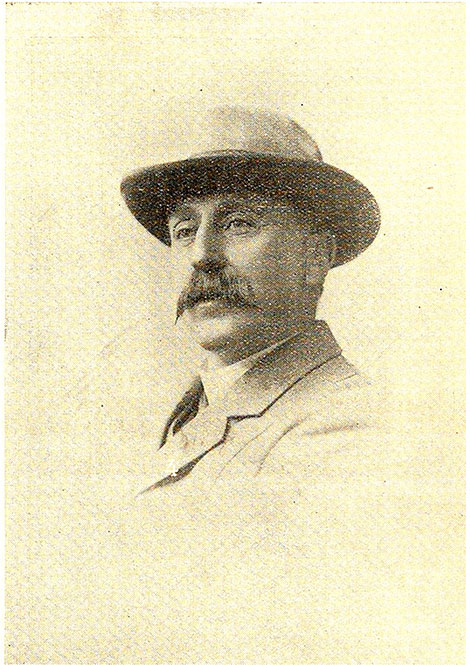
Figure 5: Richard in later life as Charles St John David
This portrait appeared in the Weekly Courier for 19 May 1921 (page 23). We are grateful to the Tasmanian Archive and Heritage Office for permission to reproduce this image.
The central question that still remains is why Richard Sargent left his business, his family, his wife and small child and set off for Australia under an assumed name, with a manner of departure suggesting an element of haste and that he may not have intended – or felt himself able – to return. The change of name might have been so he could not be traced, but we can’t be sure of that as we don’t know if he had any contact with his family in the first 30 years or so after leaving, as nothing has come to light.
The only other obvious suggestion that could possibly offer an explanation to the above name-change and departure, is if there may have been some family upset or scandal, where the family (possibly at his father Thomas's behest) effectively banished him to protect the family’s name and he was paid off to emigrate under a false identity, on condition that he never returned or used the Sargent name again. Such an explanation addresses the known facts, but we can only ponder on the possible causes relating to such a major family rift, such as a serious misdemeanor of some kind. Family histories at this period do occasionally contain similar 'banishments', which range widely in origin, from marital problems and sexual misdemeanors, to varying degrees of fraudulent, violent or criminal behaviour. The records, in this instance, provide no further clues for speculation, so the truth is that we shall probably never know the cause of his transformation from Richard Thomas Sargent to Charles St John David.